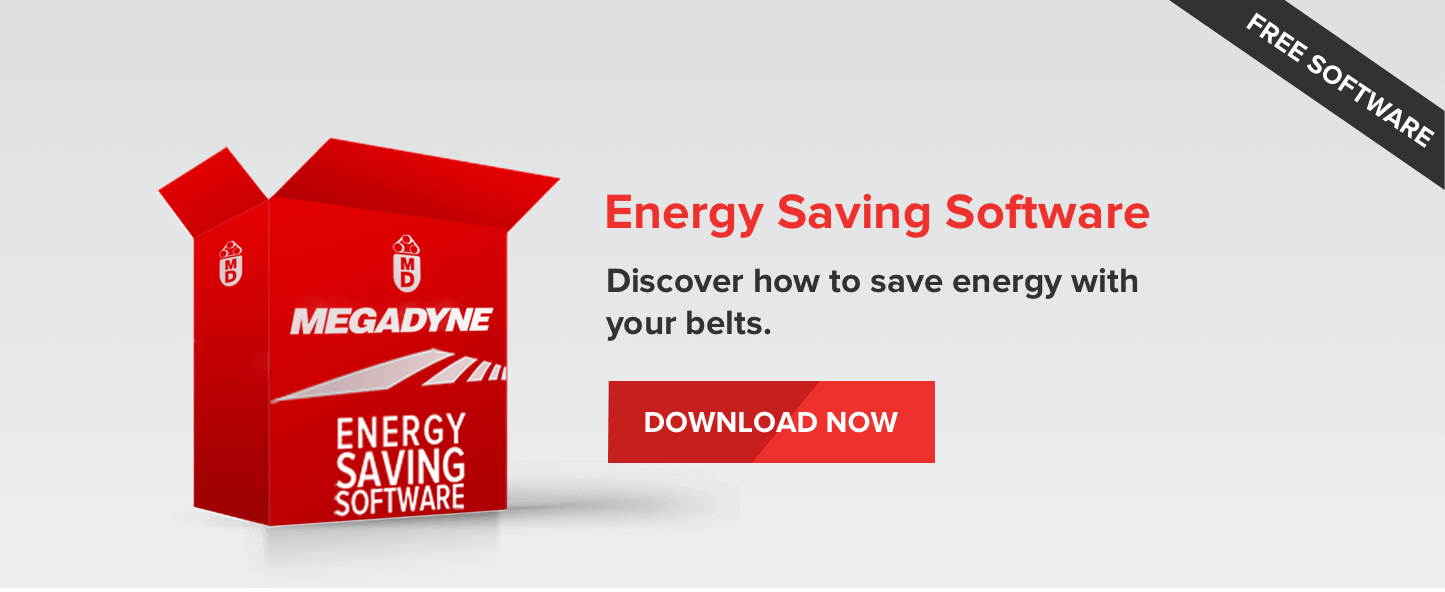As with most design processes, when considering the design of a belt, some key questions have to be addressed initially. For example, what is the final application of the belt? Will it undergo high torque or high speeds? Next, what type of belting is under consideration? Is it going to be a timing, flat, poly-v, or v-belt, and what will be the final dimensions of the belt? The belt speed, pulley diameters, and the desired top and bottom coefficients of friction are also critical considerations, as well as environmental concerns like heat, oil, chemicals, and product pollution.
How to approach the belt design process?
Once these fundamental questions have been answered, it’s time to consider mechanical system design and components criteria, and materials for construction, along with mechanical, thermal, nominal and momentary safety factors. On-going maintenance procedures, tools, and service schedules - must also be factored into the design process. Instrumentation to monitor the belt-driven system, such as alarms and shutdown mechanisms, should also be examined, as well as warranties and the availability of spare parts and components.
Finally, always be mindful of those variables that affect the efficiency of any belt: loads, speeds, drive component temperatures, humidity, air density, and wind velocity, to name only a few. You must also determine critical design factors such as centre-to-centre shaft distances, speed of the operating equipment, speed ratios, shaft sizes, and transmitted horsepower.
Taking the time to properly evaluate every aspect of belt design is critical for its efficient, long-term, and safe operation. Following up with regular preventive maintenance will ensure the smooth operation of all your equipment that utilizes belts.
Consider your belting supplier thoughtfully. Make sure they are knowledgeable and experienced in belting applications for your industry or application, can provide guidance and have the proper quality control measures in place since mistakes made in the selection of belts can adversely affect your bottom line.
Basic Design Criteria
- What belt type is being considered? (timing, flat, poly-v, v-belt)
- Belt size and dimensions? (width, length, thickness)
- Belt speed? Desired top and bottom coefficient of friction?
- Are there any environmental concerns? (heat, oil, chemicals, product pollution)
- What is the application? ( motion control, robotic)
Criteria
- Environmental factors
- Duty cycle & life cycle
- Mechanical system design and components criteria
- Materials of construction
- Safety factors – mechanical, thermal, nominal, momentary; duration
- Maintenance including procedures and tools
- Warranties
- Shipping & packaging
Variables that Affect Belt Efficiency
- Load on belts, speeds, temperature of drive components
- (motor), humidity, air density, wind velocity and others
- Must determine center-to-center, operating equipment speed, speed ratio, shaft sizes, and transmitted horsepower to fully understand the efficiency
